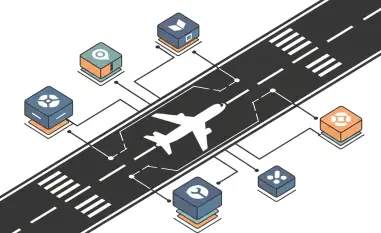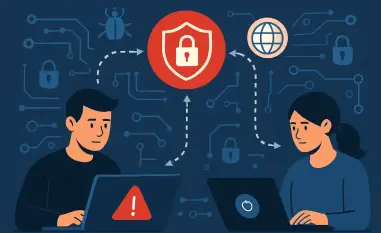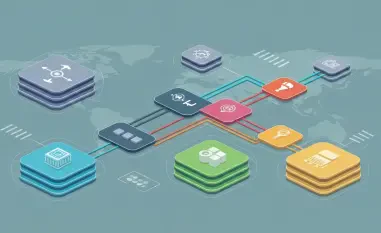The cyber landscape faces continuous transformation at the hands of sophisticated threat actors like BladedFeline, a cyber-espionage group linked with Iran. Recent findings by cybersecurity experts have unearthed this group’s alarming penetration into government networks in Iraq, the Kurdistan Regional Government (KRG), and telecommunications providers in Uzbekistan. These incursions not only challenge regional security but also highlight the evolving complexities of cyber warfare, prompting a global discussion on cybersecurity readiness and international relations.
An Unseen Threat Lurking in Government Networks
BladedFeline embodies the contemporary paradigm of cyber warfare, where stealth and persistence override traditional confrontational strategies. The group capitalizes on covert operations, exploiting vulnerabilities in critical infrastructure without leaving traces. Their infiltration into government networks in Iraq and the KRG unveils a disturbing trend — the capability of cyber groups to silently gather intelligence and disrupt operations from within. This invisible invasion threatens regional stability, showcasing a new dimension of warfare that governments and cybersecurity professionals must urgently address.
The Stakes of Cyber Threats and International Relations
Understanding BladedFeline’s tactics and objectives is crucial for regional stability and international relations. As the group’s activities extend to politically sensitive institutions, there arises a profound risk to diplomatic ties and economic conditions. Neighboring regions, aware of these activities, may experience heightened tensions and altered alliances. Moreover, the implications on global cybersecurity dynamics are immense; BladedFeline’s operations emphasize the necessity for fortified defense measures and collaborative international efforts to counteract potential threats, averting widespread geopolitical disruptions.
Unraveling BladedFeline’s Cyber Arsenal
The group leverages advanced malware like Whisper and PrimeCache, crucial to its infiltration strategy. Whisper facilitates command reception and data extraction through Microsoft Exchange interfaces, while PrimeCache embeds seamlessly within legitimate web processes, ensuring undetected access. The deployment of reverse tunnel tools like Laret and Pinar enhances their digital espionage capability, granting prolonged control and encrypted communications. Recent incursions into infrastructural nodes in Iraq and Uzbekistan exemplify BladedFeline’s strategic sophistication, validating their prowess for stealthy and effective intelligence gathering.
Expert Insights on BladedFeline’s Complexity
ESET’s research emphasizes the growing sophistication of BladedFeline, revealing how its operations align with broader intelligence ambitions linked to Iran-aligned cyber objectives. Cybersecurity analysts note the potential for long-term impact across affected regions, stressing that the group’s continuous refinement of tools signifies increasing danger. These experts advocate for heightened awareness among nations and institutions, encouraging the establishment of robust cybersecurity measures capable of countering such advanced threats and securing critical infrastructural systems on an ongoing basis.
Defensive Strategies Against BladedFeline’s Tactics
To withstand the clandestine tactics employed by BladedFeline, organizations must adopt comprehensive security protocols and practices tailored for current threats. Essential measures include enhanced monitoring and detection systems capable of identifying suspicious activities promptly. Furthermore, building awareness and training among personnel ensures that institutions can identify and mitigate risks effectively, transforming defensive strategies from reactive to proactive. Through collaboration and innovation, these entities can reinforce their cybersecurity posture against persistent, unseen enemies.
In the wake of BladedFeline’s persistent cyber-espionage efforts, the cybersecurity landscape has faced challenges leading to essential improvements and innovations. As their impact broadens, regions have redoubled efforts to fortify defenses, fostering collaboration among governments and technology specialists. Strategies focusing on early detection and robust shielding measures have resulted from past experiences, setting a foundation for future resilience against similar threats and ensuring protection for critical sectors. This decisive shift toward comprehensive cybersecurity protocols promises a fortified network environment, prepared to counter ever-evolving risks.













